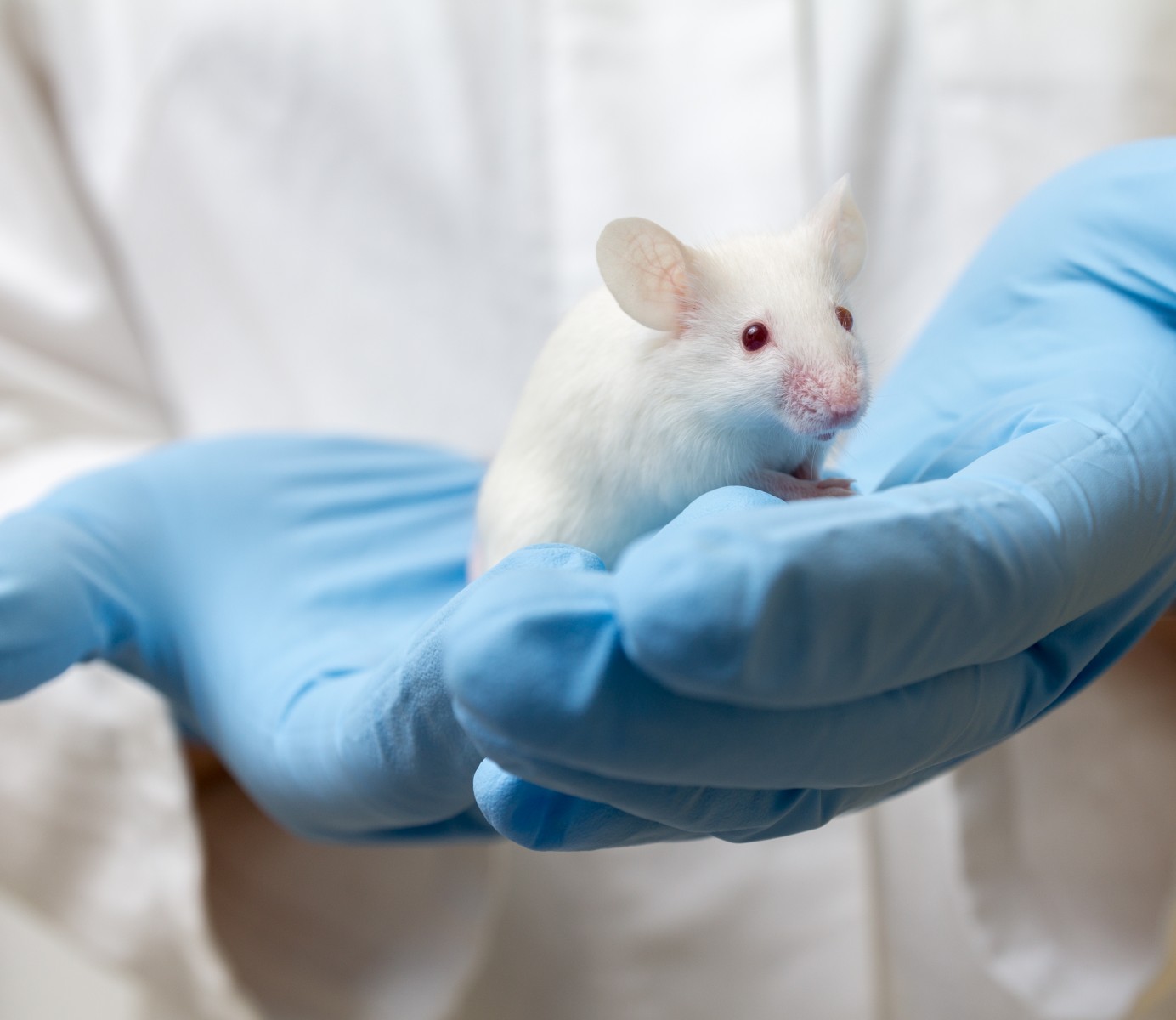Failed Activation of Satellite Cells Underlies Deficient Muscle Repair in Pompe Disease, Mouse Study Suggests

Muscle repair in Pompe disease is compromised by failed activation of muscle cells’ precursors called satellite cells (SCs), according to a study of mice.
The study, “Satellite cells fail to contribute to muscle repair but are functional in Pompe disease (glycogenosis type II),” was published in the journal Acta Neuropathologica Communications.
Severe impairment of skeletal muscles is common in both infantile and late-onset forms of Pompe disease. It results from the accumulation of glycogen-filled cellular structures called lysosomes and debris originated from autophagy, which is a process that clears aggregated proteins and other components.
Muscle damage typically induces activation of SCs, found in skeletal muscle fibers. However, in Pompe disease, muscle biopsies from patients at different ages and with different disease severities, revealed that SCs proliferation and differentiation did not differ from those of healthy control subjects.
Aiming to explore the failed activation of SCs in Pompe disease, as well as the process of muscle regeneration, the researchers from France conducted a study using a mouse model (Gaa−/−) that lacks the gene encoding the enzyme acid-alpha glucosidase (GAA), which is mutated in Pompe disease. These mice exhibit similar accumulation of the sugar molecule glycogen to that of patients and contain the key features of both infantile and late-onset forms of the disease, including muscle weakness.
The scientists focused on two skeletal muscles — Tibialis anterior (TA, in the lower leg) and Triceps brachii (TB, in the upper arm) — and compared the animals to control mice, across an age range of 1.5 to 9 months. Data on glycogen accumulation over the course of the disease were combined with biochemical and imaging approaches. The investigators then induced muscle injury in vivo to assess the response of SCs of mice with Pompe disease.
Unlike in control animals, glycogen overload was found in muscle fibers of both TA and TB in mice with the disease across the four ages studied: 1.5, 4, 6 and 9 months. The amount of glycogen in these mice was about four-fold higher than in controls, but did not increase significantly after 1.5 months.
Both muscles showed progressive and profound tissue remodeling beginning at 1.5 months, as the number of autophagic vesicles increased. Also, muscle fibers from diseased mice showed a high number of enlarged lysosomes in the cytoplasm (the material filling the cells, apart from the nucleus) from 1.5 months.
Despite those alterations, both TA and TB preserved a global tissue organization, though the fibers had an irregular shape, the number of split fibers increased, and their size progressively decreased over the course of the disease. Only a few regenerated fibers were observed in the two muscles although the SC pool was preserved, which matched previous data from patients.
Also, similar SC activation in the two groups was found, except for the 1.5-month timepoint.
Following in vivo injury to 4-month-old mice — the first age with no SC activation in response to damage — the team found that muscle from both diseased and control mice retained regenerative activity. That, according to the authors, demonstrates the lack of SC participation in repair is due to an activation defect.
“The data generated by the in vivo muscle injury protocol showed that under an acute condition, SCs in this mouse model of Pompe disease are able to properly activate and efficiently contribute to muscle tissue repair,” the scientists wrote.
Overall, “our results demonstrate a lack of SC activation in adult Gaa−/− mice that is maintained over the course of Pompe disease despite the increasing skeletal muscle damage,” they added.





